Fishing For Shellcrackers
The redear sunfish, also known as the shellcracker, is arguably one of the best fighting, best tasting, and hardest to find and catch throughout the season than any panfish you pursue. Fishing for shellcrackers has become an annual endeavor for me and a time during spring that I look forward to every year. Until the past few springs, I picked up a shellcracker incidentally fishing for bluegills. I only began targeting shellcrackers a few years ago and have learned a lot about fishing for them. Here are a few tips to locating and catching more shellcrackers.
Where To Find Shellcrackers
Shellcrackers are commonly found during spring in the shallow bays where they spawn along with or near bluegills. This is why shellcrackers are caught incidentally while targeting bluegills. Shellcrackers are hard to locate by themselves. Usually, the redear sunfish is found within bluegills that are moving up to spawn in the shallows. One thing that I have noticed while targeting shellcrackers exclusively is their propensity to occupy chunk rock shorelines that is 8 to 12 feet deep early in the spring. The shellcracker can be found in this deeper water as they stage just outside spawning bays or pockets. Shellcrackers spawn in very shallow water but like to stage, during preparation for the spawn, in deeper water.

Shellcrackers will spawn a little earlier than bluegills. You can often locate shellcrackers up in spawning areas where bluegills will spawn each year. Shellcrackers will begin to spawn when the water temperatures reach 65-66 degrees. Bluegills usually wait until the water reaches 71-72 deg
rees to spawn. If you begin your search early you can find shellcracker beds before the many bluegills invade making it harder to find the shellcrackers. If you find a few spots with shellcrackers early, you can catch them there the rest of the spring. You will have to fight off the bluegills that use the same area but at least you know that shellcrackers like it too and more will move up to spawn throughout the spring so stick with these areas and you can pick up a few shellcrackers along with some good bluegills. One thing I have noticed is that good size shellcrackers will congregate around big bluegills.
Shellcrackers Feed Down
Of course, there are plenty of shellcrackers caught while bobber fishing for bluegills in the shallows. However, shellcrackers feed down. While bluegills and other panfish feed up in the water column shellcrackers primarily eat clams and snails and are looking down to eat. So, if you are targeting shellcrackers you should focus on the bottom where the majority of shellcrackers will be looking. This is just one tip, of many, that can increase your shellcracker catch substantially. This is why I like to use a single split-shot above one of my Hairy Cricket Jigs to fish for shellcrackers. Sometimes I will tip the jig with a small piece of worm but often only fish the jig bare. Try fishing on the bottom by slowly lifting your presentation off the bottom then letting it fall back, only pausing a couple of seconds before repeating. It works.
Another great technique for catching shellcrackers is the drop-shot rig. By rigging the sinker below the bait or jig, you can slowly work your presentation at eye level to the fish and produce more bites. While shellcrackers tend to hang out around areas with a gravel bottom sometimes there are leaves or lots of tree limbs littering the bottom. A drop-shot rig can help keep your hook above and out of these snags. Keep a tightline as you drag the sinker across the bottom, and you know your bait is in the strike zone.
Shellcracker Tackle
THE ROD
Since people are usually targeting bluegill and other species when they catch the occasional shellcracker, the most popular rod for bluegill is an ultralight rod so oftentimes that’s what is being used when one is caught. While you can fish for shellcrackers with an ultralight rod I’ve found that a medium-light rod is much better. Especially when targeting trophy shellcrackers that can weigh 1 to 2 pounds. The medium-light rod or even a medium action rod has a little more power for quickly landing a big shellcracker. Even more important, when fishing for big shellcrackers, is the hook setting power. The ultralight rod just doesn’t have the power needed to get the hook into the tough mouth of the shellcracker.
THE REEL
Choosing a reel for big shellcrackers is vital for consistent success. The most important thing to look for in a great spinning reel for shellcracker fishing is the drag. Most popular reel manufacturers incorporate a good drag in their reels. I would just stay away from cheap reels and stick with at least the middle of the road reels for the best opportunity to land more shellcrackers. Again, the most important aspect of a good shellcracker fishing reel is a smooth drag.
Using a light line or braid is another important part of a serious shellcracker outfit. A smooth drag is vital to sink that hook into the tough mouth of the shellcracker without snapping light line. I will explain my favorite line setup later. I love my Abu Garcia Orra S Spinning Reel. The Orra spinning reel is durable and the drag is silky smooth. A silky-smooth drag is important when fishing for shellcrackers, especially when using light lines.
THE LINE
The best line for shellcracker fishing is a quality line with a small diameter. I use 10-pound test braid as my main line then attach a monofilament leader to it of 6-pound test. This might seem like a little overkill for a panfish, but when targeting big shellcrackers you will be glad you had it. This setup seems to get me more bites. The small diameter of the braid allows the hook to float freely and more naturally in the water as you work the bait through the cast. Also, the monofilament is a little more abrasion resistant than braid and that’s good due to the cover that the shellcrackers love to hang around and their very rough mouth.
CONCLUSION
Shellcrackers are elusive but with a little focus on their behavior covering lots of water and leaving those bluegill bites to find some shellcrackers and eventually, you will put together a few spots you can count on, season after season.

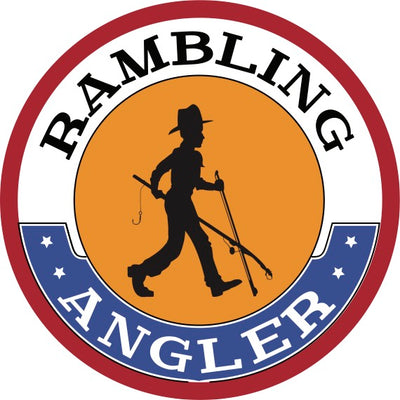
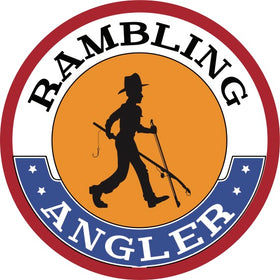

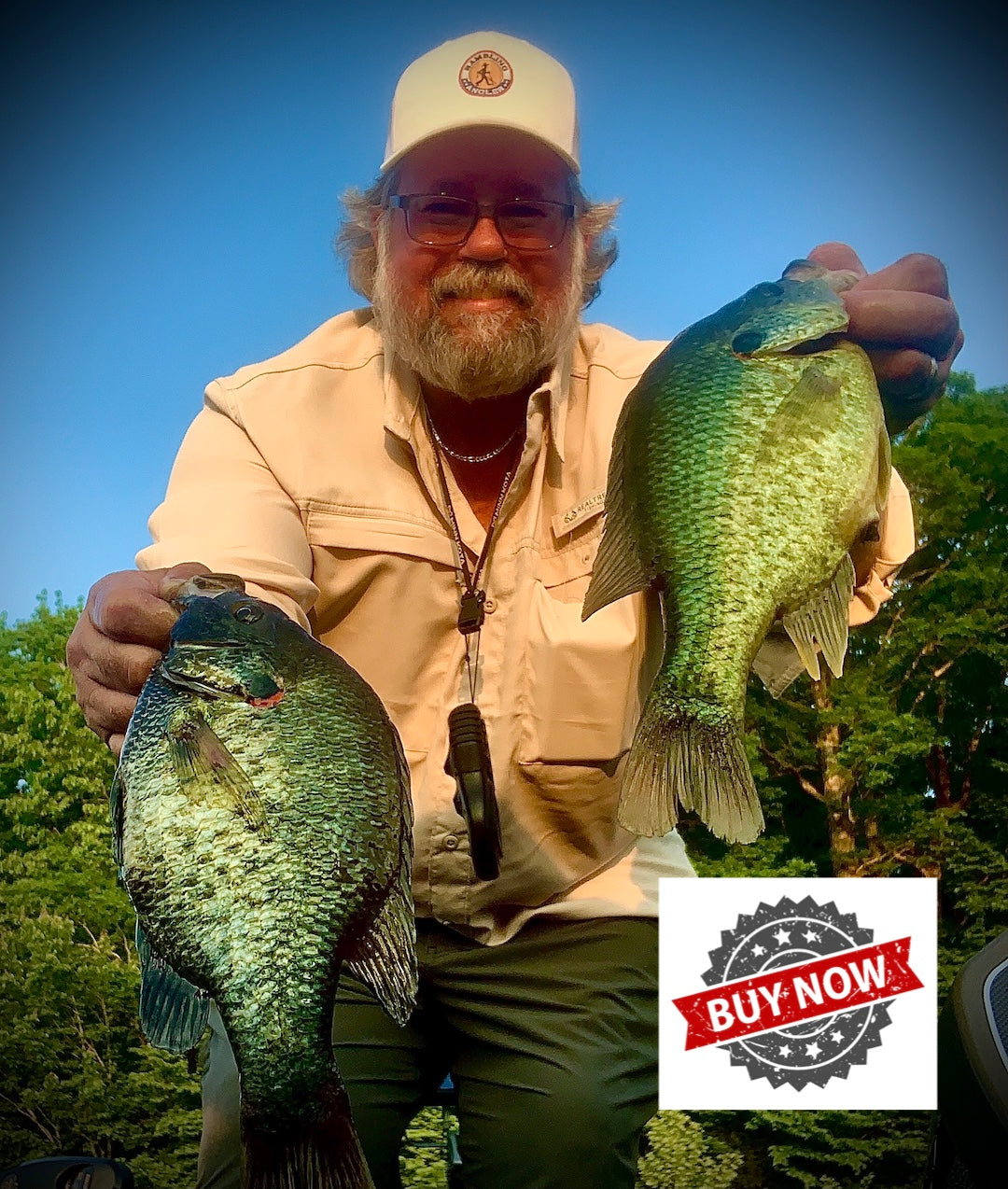
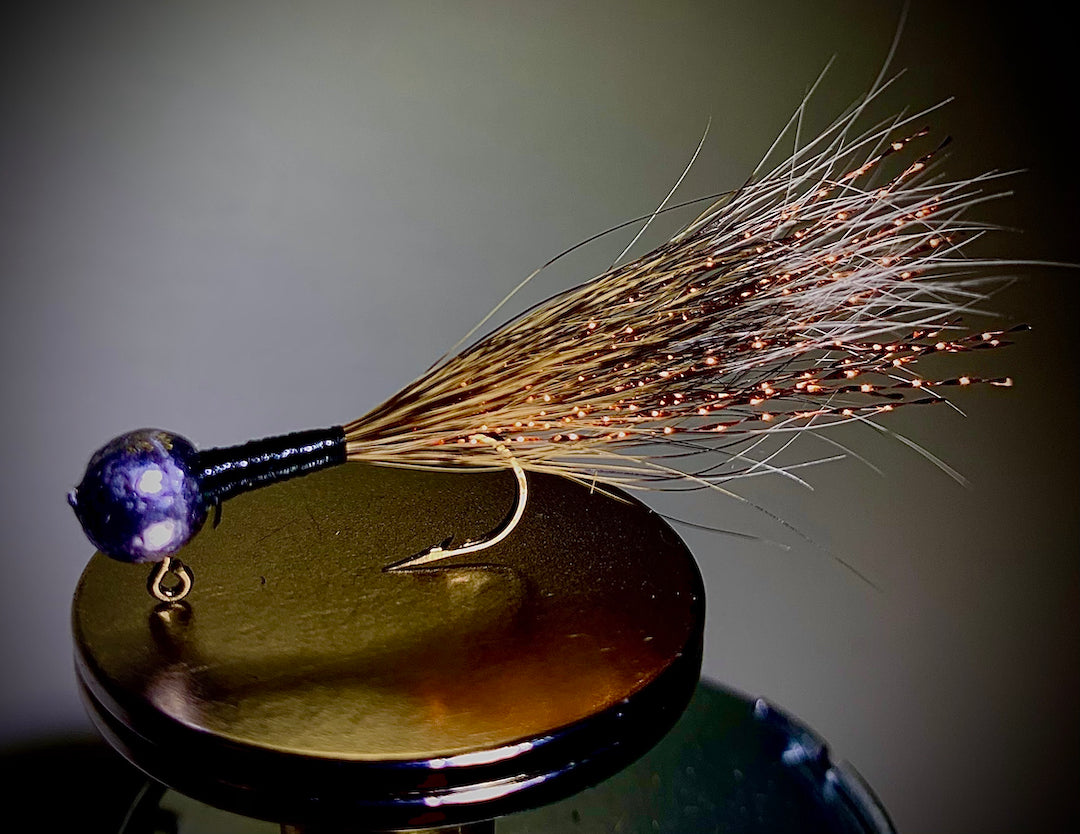
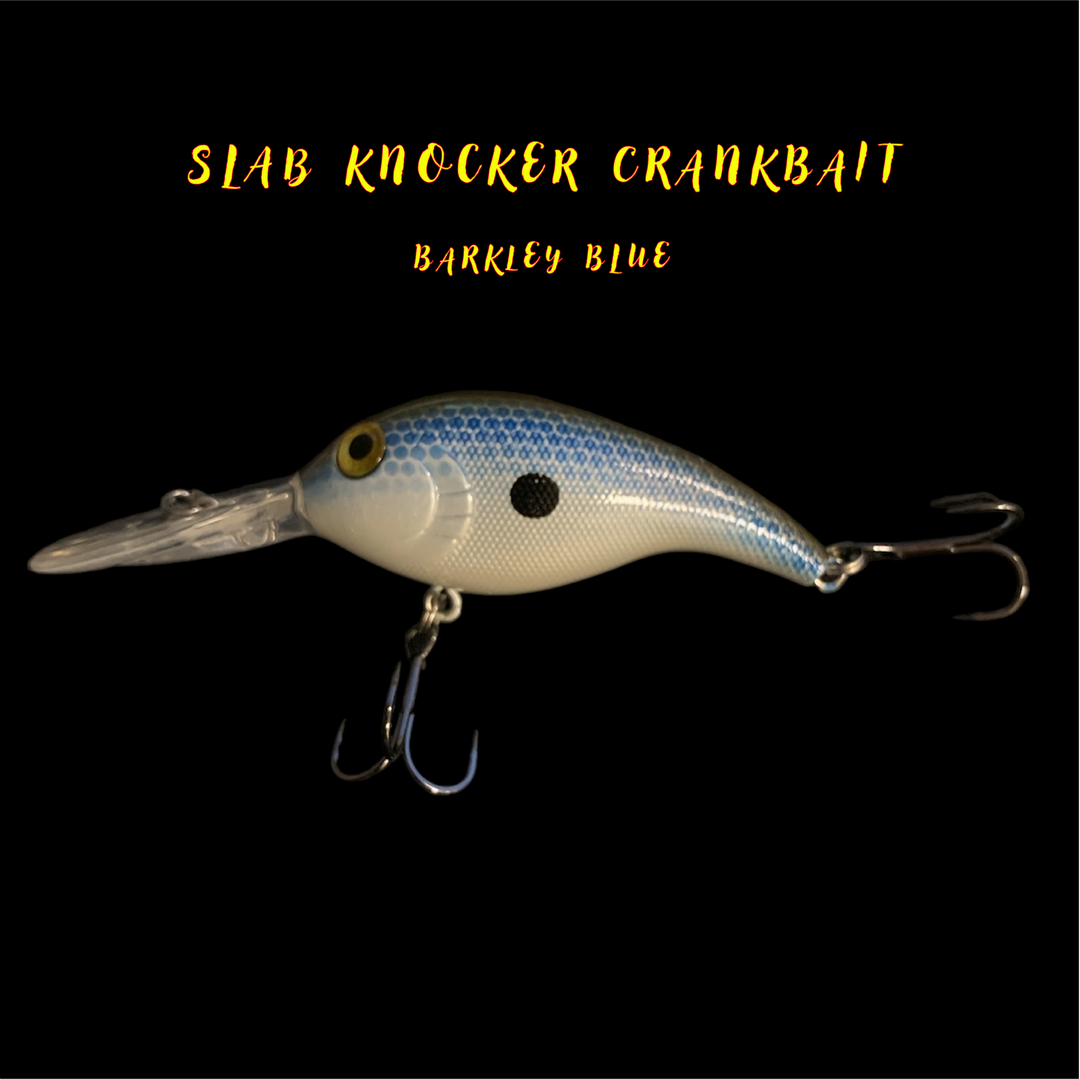
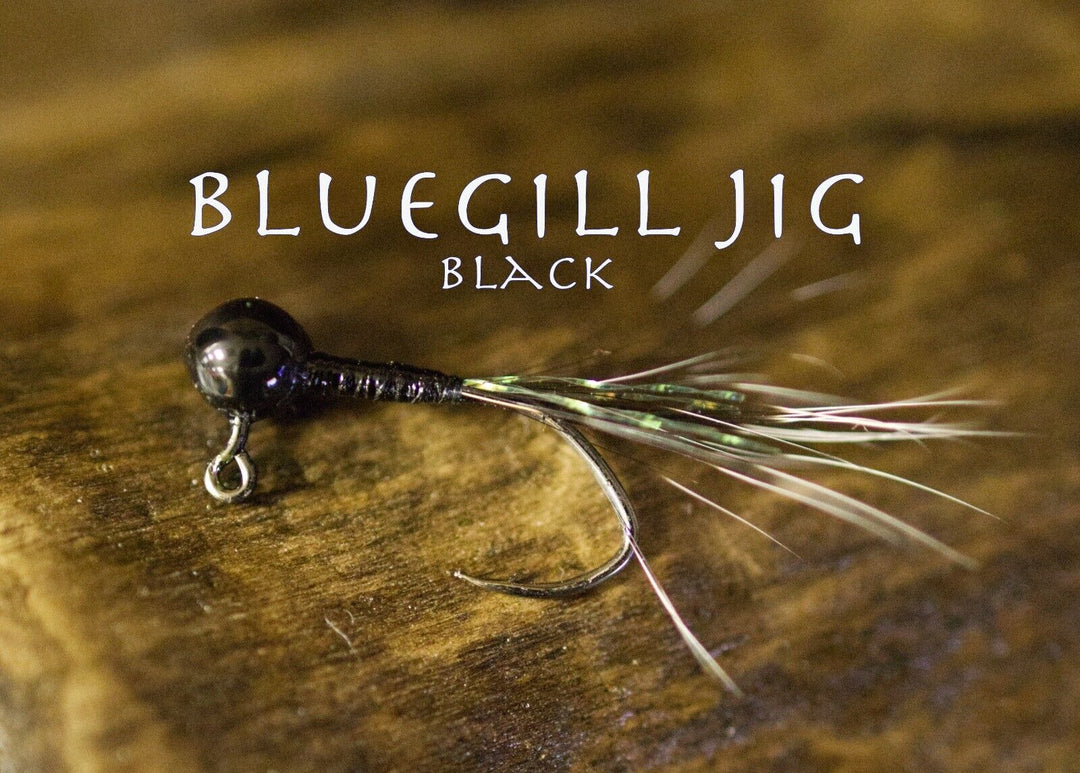






Leave a comment